Toward a Truly Connected Future: What Marketers Can Learn from CES 2019
Published on January 18, 2019/Last edited on January 18, 2019/10 min read
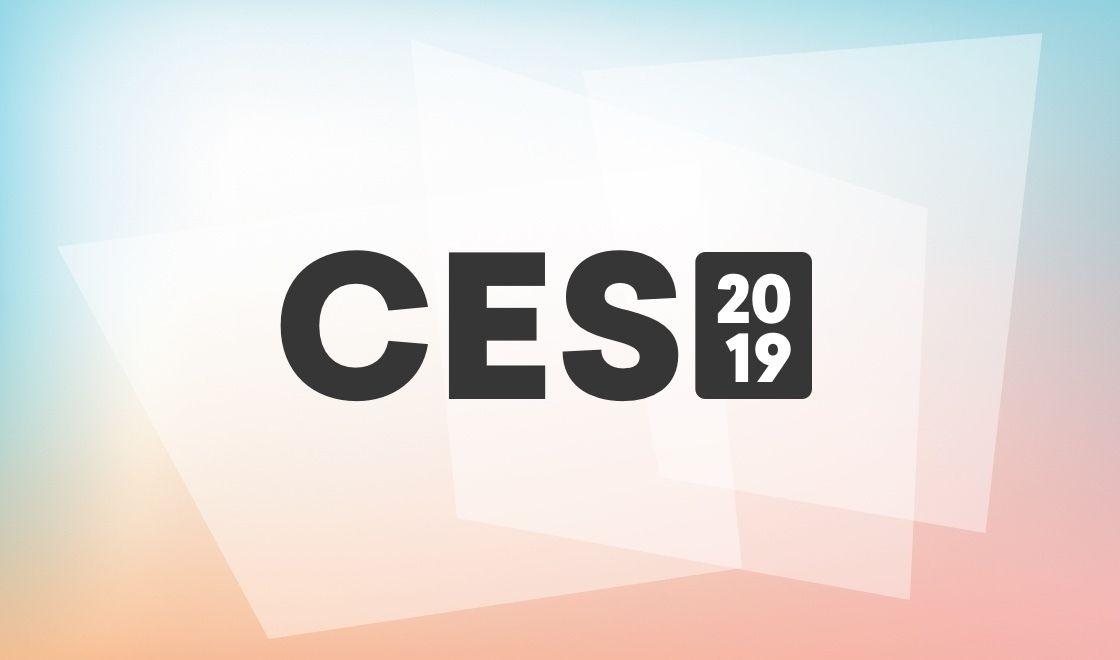

Todd Grennan
Content Production Principal, Content Marketing at BrazeOver the last decade, we’ve lived through a unique era in technology and customer engagement. With the rise of smartphones and other mobile devices to center of everyday life, brands acquired new, innovative ways to reach their customers...but the glut of messaging and digital experiences that this revolutionary technological shift unlocked also made it harder and harder for to gain and hold their customers’ attention. At the same time, we’ve seen the increasing dominance of a small group of tech giants—Google, Apple, Facebook, and Amazon (GAFA)—with astronomical market caps and unprecedented control over the data of billions of people around the world.
But in recent months, we’ve seen growing signs—from Apple missing its revenue projections by a country mile to growing consumer rage against tech giants—that things are shifting.
In some ways, that’s to be expected. No era lasts forever, and it’s the plight of marketing, growth, and engagement teams that they constantly have to keep their ears to the ground, trying to understand not just where the technology landscape is heading—which is hard enough—but also how those shifts are impacting their customers (and those customers’ expectations). The stakes, as always, are high: fall too far behind on technology, or behind your audience, and you can watch your competitive advantages slip away.
That’s why there’s always so much hype about CES. It’s not just a consumer electronics show anymore; it’s an opportunity for brands big and small to take the temperature of the technology landscape—and gather clues about where the world is going. And while, as alway, there was a lot of noise and wacky gadgets at this year’s CES, which took place January 8–11 in Las Vegas, there were also signs that a long-prophesied evolution in technology and customer engagement is on the verge of coming to fruition. So let’s take a look at the big trends at CES 2019 and what they mean for marketers…
1. Speed Thrills: 5G Is on the Horizon—and Everyone Is Getting Ready
5G has been coming for a long, long time. (Heck, we did a piece about it two full years ago!) And while there’s always been lots of reasons for consumers and brands alike to be hyped up about this next generation of wireless technology—enormously faster speeds on phones and other devices, increased freedom from broadband monopolies, and better, richer digital experiences—the conversation around 5G has often felt vague and speculative, with telecoms promising a brave new world of mobile experiences without also promising clear delivery dates for creation of the worldwide networks needed to support this technology.
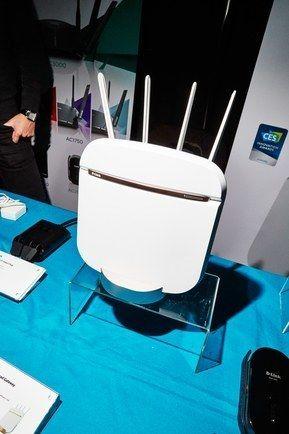
That’s changing. During CES 2019, AT&T and Verizon made it clear that 5G coverage is central to their business’s medium-term strategies, with Verizon CEO Hans Vestberg saying during his January 8 keynote address that 5G “is going to change everything,” and describing the new technology as a “quantum leap over 4G” that represents “a huge opportunity for all of us and our society.” And on the device side of the show, networking device manufacturer D-Link showed off a new 5G router that will make it possible for people to connect to all their home devices to a singler 5G connection at speeds 40x faster than today’s broadband—potentially leading to an era where high-speed internet primarily comes via wireless. And though 5G isn’t here yet, but telecoms, majors brands, and thought leaders at CES all agreed on when to expect it: namely, by next year’s edition of CES.
What does this mean for customer engagement? That we’re moving into a world where new types of digital experiences and functionalities can open up.
Right now, having dozens of smart devices—smart TVs, smart lights, smart fridges, and much, much more—in your home can put a big burden on your broadband connection and limit many consumers’ willingness to explore these kinds of technologies. However, the speed and scale that 5G can support is expected to smooth the transition to truly connected homes, making it possible to understand and reach customers across an ever growing number of connected devices.
Similarly, 5G will be well-positioned to support rich, immersive digital experiences like augmented reality (AR), virtual reality (VR), and other yet-to-launch platforms not just in consumers’ homes, but also on the go. While it’s far from clear if this will lead to major adoption of AR/VR, or nudge tech giants to begin supporting rich, immersive experiences within these platforms, the rise of 5G makes both these things a real possibility going forward.
2. Alexa vs. Google Assistant (vs. Siri vs. Bixby vs. Cortana): The Digital Assistant Integration Cold War Heats Up
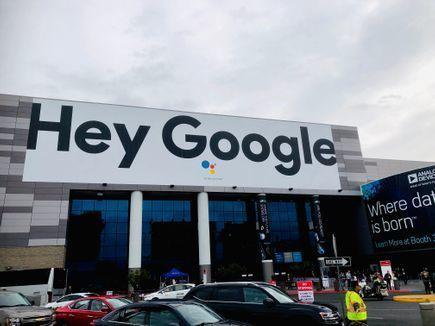
CES has long been a key battlefield for GAFA and other global tech giants, a place for them to showcase their latest innovations and joust for cultural primacy in front of the world’s assembled press. And over the last few years, one of the most heated competitive spaces at CES has proved to be the emerging smart speaker/digital assistant ecosystem. Following Amazon’s triumphant coming out party for Alexa at CES 2017, we saw Google invest in the space in a big way at CES 2018, announcing endless integrations for its flagship Google Assistant digital assistant and Google Home smart speaker and dominating press coverage of the event.
That trend continued at CES 2019, with the competition in this space between Amazon and Google only growing—according to Fast Company’s Mark Wilson, “it’s been a multi-year battle, once led by Amazon, quickly matched by Google, and now escalating between these two companies like a new cold war.” During the event, integrations were announced for a wide variety of products in connection with both the Google Assistant (including smart mirrors, smart sprinklers, smart thermostats, and connected automotive devices) and Alexa (including smart toilets, smart bicycles, smart beds, smart motorcycles and even a smart, um, personal massager).
The hype around these integration wars can mask a greater truth—that we’re increasingly moving into a world where more and more new devices have the ability to connect seamlessly with one or more tech giant’s technology ecosystem. During CES, Amazon announced that more than 100 million Alexa-compatible devices have been sold to date, while Google trumpeted that there are a billion devices out there leveraging Google Assistant. (Separately, USA Today’s Jefferson Graham noted that Apple’s Siri digital assistant has 500 million users, and that Samsung’s Bixby and Microsoft’s Cortana are installed on 500 million and 400 million devices, respectively.)
What does this mean for customer engagement? That no device (or platform or channel) is an island anymore. With the growth of these vast, connected technology ecosystems, having the ability to deliver cohesive cross-channel experiences is no longer a nice-to-have; rather, it’s becoming one of the determining factors in how a given company is perceived by its customers. If you’re still operating in departmental silos that are limiting your ability to coordinate data collection or messaging experiences, now is the time to take stock of the problem and find a way forward before the world passes your company by.
3. The Privacy Challenge: Trust is Key—But So Is Personalization
One big topic at this year’s CES (that hasn’t been nearly so prominent in years past)? Privacy.
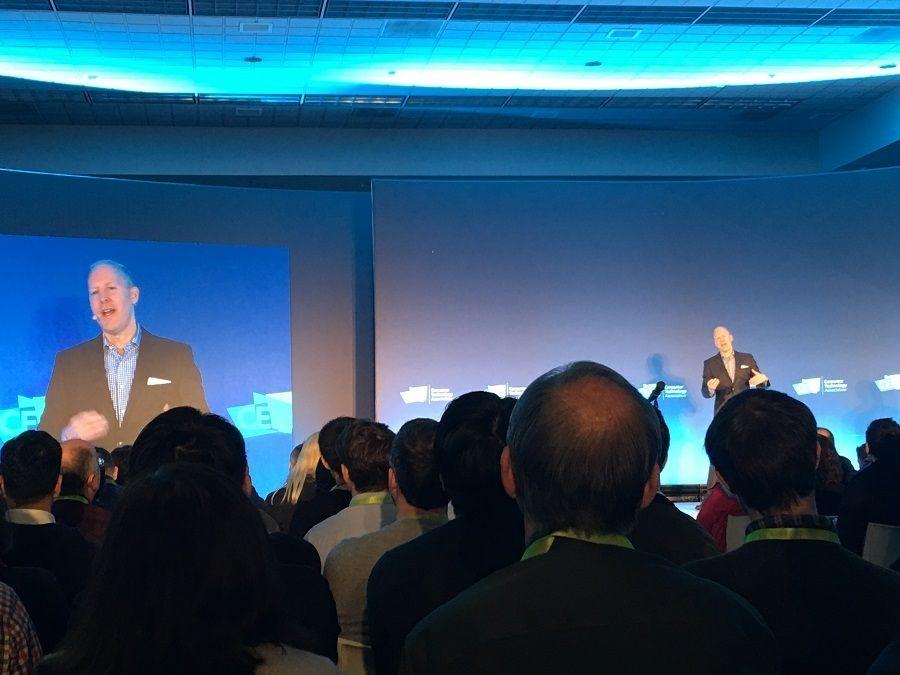
Over the course of the event, we saw experts and notable brands wrestling with the implications of both a growing regulatory landscape—shaped in part by the full enforcement of the European Union’s General Data Protection Regulation (GDPR) and new U.S. state laws from California and Vermont—as well as signs that consumers are growing weary of having their data harvested and used without any corporate accountability or individual control over its use. With data increasingly key to delivering the kinds of compelling brand experiences the support long-term business success, finding ways to ethically gain access to accurate, actionable customer data is one of the key challenges of the modern customer engagement landscape.
These shifts led some thought leaders to nod toward a future where first-party data increasingly replaces the sorts of third-party data that powers much of modern advertising. “When I go back to when I first started marketing a few decades ago, we were using second-hand data from retailers that was three months old to predict what was happening,” Unilever Chief Marketing and Communications Officer Keith Weed told CES attendees. “What we can do now, of course, in real-time—in a very agile way—[is] know what people are doing and indeed know how people are acting.” Weed noted that direct-to-consumer engagement was a comparatively a new space for a consumer packaged goods (CPG) brand like Unilever, but said that, “We realized that unless we built the muscle of first-party data, we’d be left behind,” and predicted that “this is year...that data-driven marketing is actually going to deliver at scale.”
What does this mean for customer engagement? That marketing, growth, and engagement teams have a two-front war in front of them. First, they have to ensure that their processes for gathering actionable information from their customers comply with GDPR and other new laws and don’t trigger consumer resentment by gathering data without clear promises about how they’ll be using it. Second, they have to ensure that they live up to those promises by leveraging the information they DO collect in genuinely relevant, valuable ways that respect the relationships they’ve built with their customers.
Speed, Integrations, Data: What Does It All Add Up To?
It’s clear that we’re moving swiftly toward a world where internet speed and bandwidth will be miles beyond what we see today, where interoperability between distinct devices and digital platforms will be the norm, not a lucky accident, where customer data will be at center of the consumer experience where and whenever people choose to engage. And you know what? There’s a name for that: ambient computing.
Back in 2017, Braze Cofounder and CEO Bill Magnuson predicted that things would break this way, saying: “Imagine a world where your morning alarm is synced to your Google Calendar and adjust based on traffic predictions and your local weather...it’s a world where every device you interact with automatically plays to its strengths and you can move frictionlessly from one experience to another that genuinely improve your quality of life.” Magnuson made the case that “the beauty of the seamless, cross-platform world that ambient computing makes possible is that while brands will have many ways to reach users, they’ll also have access to the deep, nuanced, customer data they need to make that outreach feel truly relevant and valuable for each consumer.”
One underappreciated aspect of the rise of ambient computing? The need for companies to embrace true brand humanity in the customer engagement efforts. As the number of platforms and channels that brands use to engage their customers expands and automation becomes a bigger and bigger part of how those interactions are powered, ensuring that your marketing efforts don’t feel robotic is key challenge.
Research conducted by Forrester on behalf of Braze has found that consumers who perceive your brand as human are 1.9x more likely to be satisfied and 1.6x times more likely to make a purchase—but successfully creating that impression takes the thoughtful use of natural communication, strategies and tools that can support messaging that activates recipients’ emotions, and engagement that feels personal and considerate, among other factors. These approaches can be amplified by ambient computing, but they still require the sort of holistic, data-driven approach to customer engagement that many brands are struggling to provide today.
Interested in learning how to fully humanize your brand’s messaging as the technology landscape moves toward a faster, more data-driven, more connected future? Request your executive briefing on the Braze Brand Humanity Index today.
Releated Content
View the Blog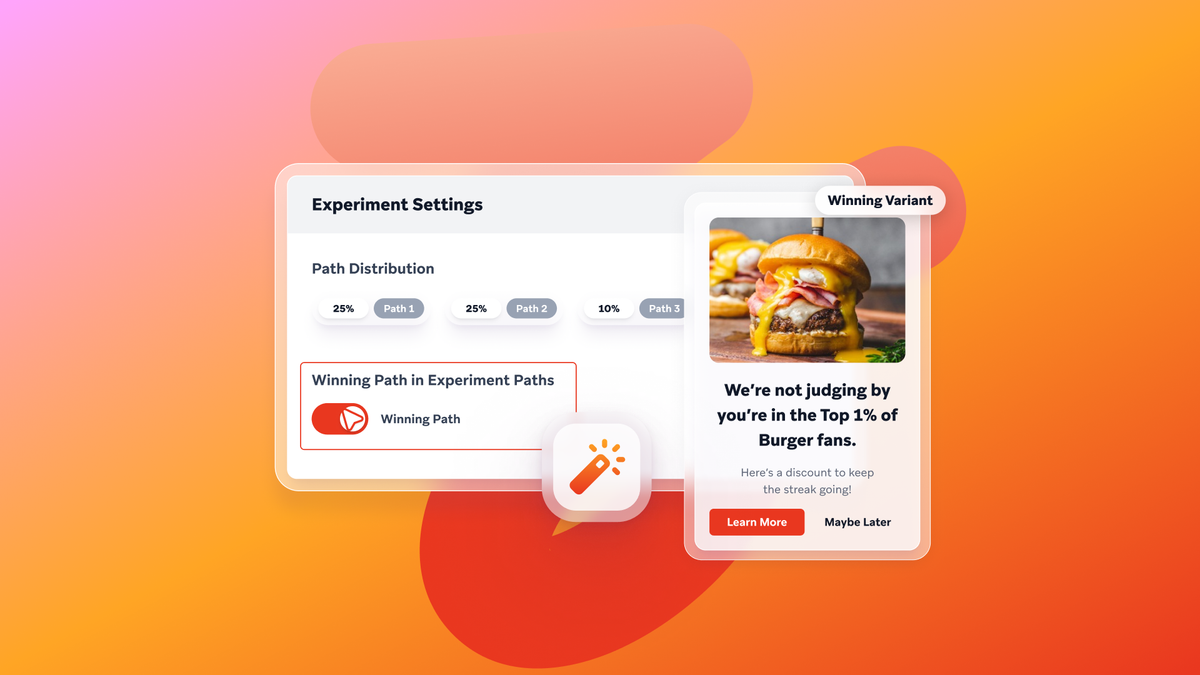
AI A/B testing: Smarter experiments for real-time marketing optimization
October 30, 2025
How AI capabilities in Braze scale growth for financial services
October 29, 2025
Braze named one of America’s Greenest Companies 2026 by Newsweek
